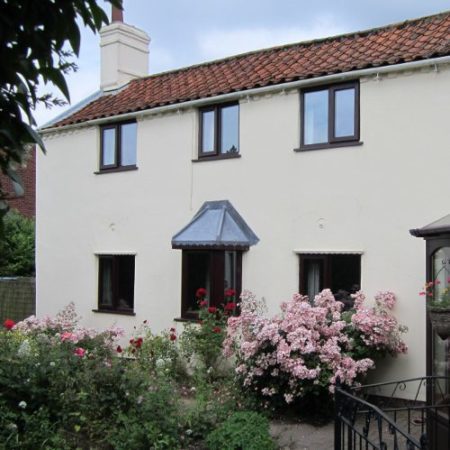

Jeremy Hawksley, director general for OFTEC, said: “Technologies which are included in the RHI will still be more expensive than converting existing oil systems to run on bio-liquid blends, and in many cases cause severe disruption for homeowners.”
By contrast, calculations showed that oil users could reduce their carbon emissions by around 1643kg per annum by switching to a bioliquid blend. Existing oil heating systems can be converted to run on bioliquids at low cost, with very few modifications.
OFTEC believes that if this blend is included in the RHI, 90% of existing oil customers could transfer to use it by 2020.


